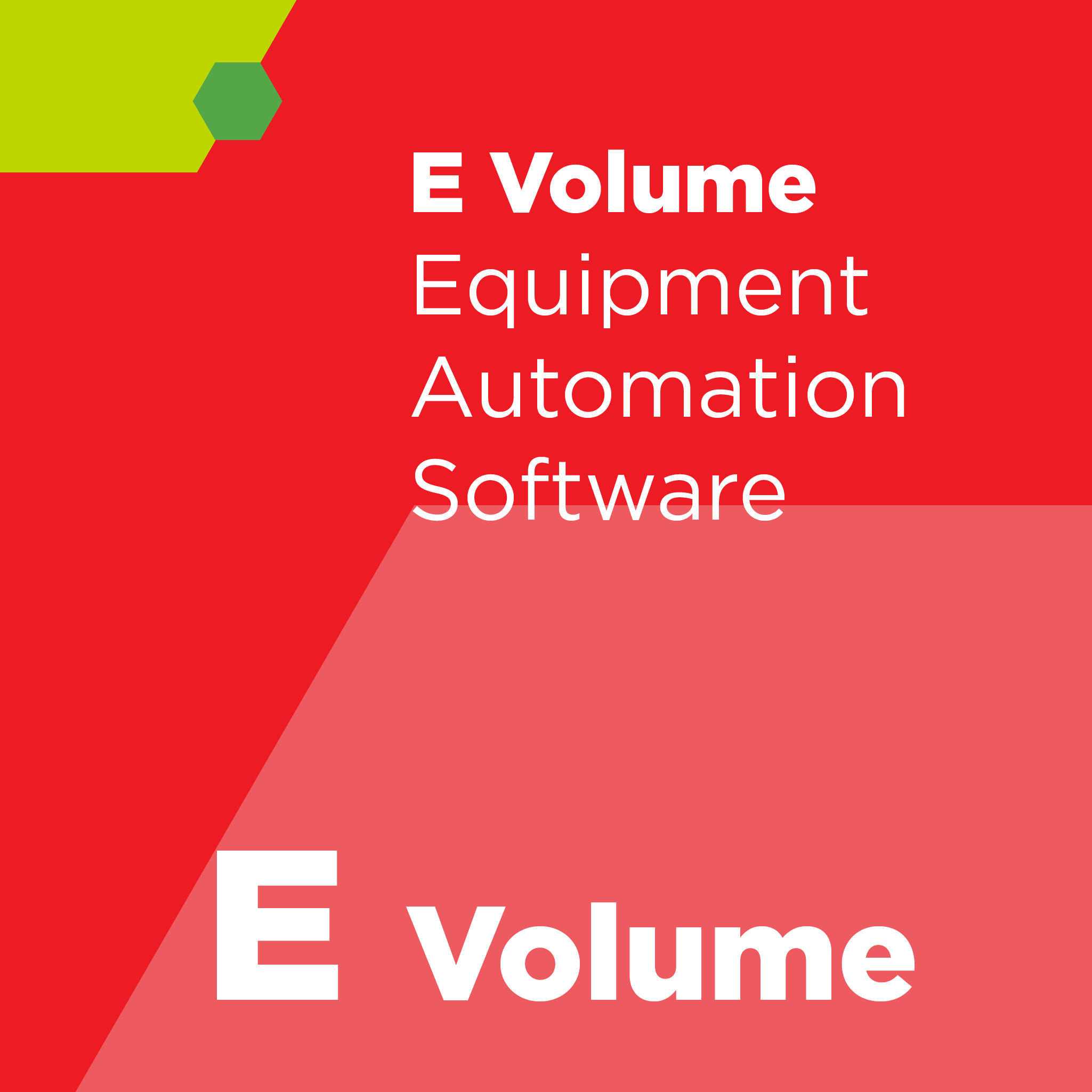
SEMI E96 - Guide for CIM Framework Technical Architecture -
Abstract
NOTICE:
This Standard or Safety Guideline has an Inactive Status because the conditions
to maintain Current Status have not been met. Inactive Standards or Safety
Guidelines are available from SEMI and continue to be valid for use.
This Guide describes technical architecture choices that
enable application components to cooperate in a computer integrated
manufacturing (CIM) environment and reduce the effort required to integrate
those components into a working solution. The CIM Framework technical
architecture guide builds on publicly available specifications for distributed
object computing. It defines
manufacturing production systems requirements for the technical infrastructure
needed for improved component interoperability, substitutability, and
extensibility. It provides guidance for specifying components and addresses
options for using an underlying distributed object communication infrastructure.
This Guide provides guidance for the technical foundation
of the SEMI Computer Integrated Manufacturing (CIM) Framework Standards. It
discusses a component-based architecture using object-oriented and framework
technology that helps implementers achieve component interoperability and
substitutability, application extensibility, and reuse. It establishes the role
of distributed object communications infrastructure in providing necessary
support for the framework technology. Specification methods for mapping a CIM
Framework specification to alternative infrastructure technologies are also
addressed by this technical architecture. However, these mappings are not
intended to be prescriptive. Further work may be required to define additional
mappings to emerging technologies. Many implementation issues that should be
resolved for a particular software implementation are outside the scope of this
Guide.
Adhering to this Guide for technical architecture alone
does not provide interoperability between applications. While the technical
architecture provides a foundation for interoperability, it is limited by the
following factors:
- Multiple infrastructure implementation choices are possible, and interoperability across these environments is not guaranteed.
- The technical architecture intentionally limits its scope to only the most fundamental infrastructure requirements, leaving additional technical issues for future guide upgrades or for implementers’ discretion.
- Conformance to a specification for CIM Framework Domain Architecture is also required for interoperability of domain components.
- More complete semantics (including behavioral constraints and collaboration patterns) for components are needed to ensure consistent interactions among components developed by separate suppliers.
A guide for technical architecture is a necessary, but not
a sufficient, basis to achieve the goals of the CIM Framework specifications.
It does not mandate specific solutions to address the identified technical
requirements because there are multiple implementation choices that meet these
requirements. Rather, the technical architecture identifies those crucial
technical requirements that should be considered by both CIM software suppliers
and consumers. The proposed standard identifies the technical capabilities
implementations should provide, but leaves the implementation options open. It
is the responsibility of suppliers to provide and explain an implementation of
each capability, and the responsibility of consumers to assess particular
implementations for use in their factories.
This Guide provides guidance on the technical tradeoffs for
services provided by the distributed computing infrastructure for the purpose
of supporting and enabling the domain specifications of CIM Framework
components. These areas are:
- Distributed Object Communication — Provides the basic services to enable implementations supporting the CIM Framework interfaces to transparently locate other, possibly distributed implementations and exchange messages requesting standard CIM Framework operations. Interface Definition Language provides a formal specification of the CIM Framework interfaces that can be automatically transformed into conformant implementations ready for integration and interoperation.
- Exception Declarations — Identify the form and
structure of return messages that inform requestors that a requested operation
resulted in an anticipated, but abnormal outcome.
- Event Specification — Establishes the delivery
mechanism, identification conventions, and data structures for reporting the
occurrence of anticipated state changes to CIM Framework objects.
- Distributed Transactions — Define mechanisms
needed to coordinate the start, completion, or rollback of units-of-work that
cross CIM Framework component boundaries.
- Component Manager Support — Identifies the
component-level operations needed to create, locate, or remove instances of
objects (and manage collections of those objects) that support the CIM
Framework specified interfaces.
Referenced SEMI Standards (purchase separately)
SEMI E81 — Provisional Specification for CIM Framework
Domain Architecture
Revision History
SEMI E96-1101 (Reapproved 0307)
SEMI E96-1101 (technical revision)
SEMI E96-0200 (first published - replaces SEMI PR5)
 |
Interested in purchasing additional SEMI Standards? Consider SEMIViews, an online portal with access to over 1000 Standards. |
Refund Policy: Due to the nature of our products, SEMI has a no refund/no exchange policy. Please make sure that you have reviewed your order prior to finalizing your purchase. All sales are final.

This product has no reviews yet.